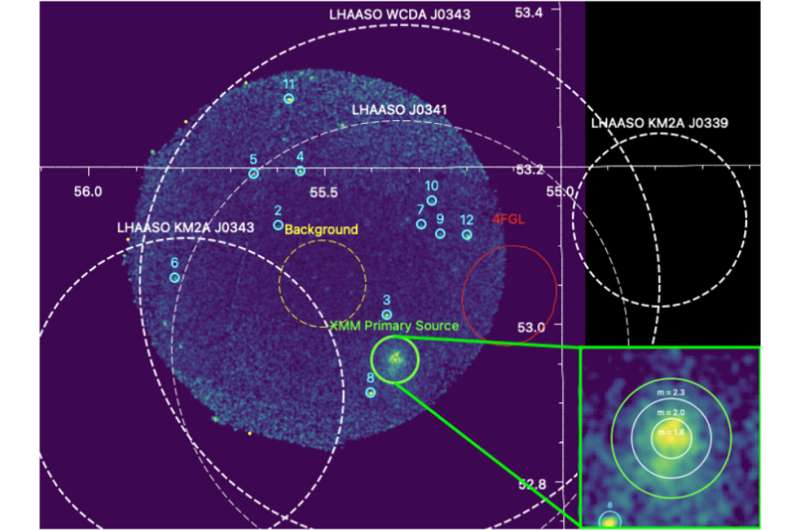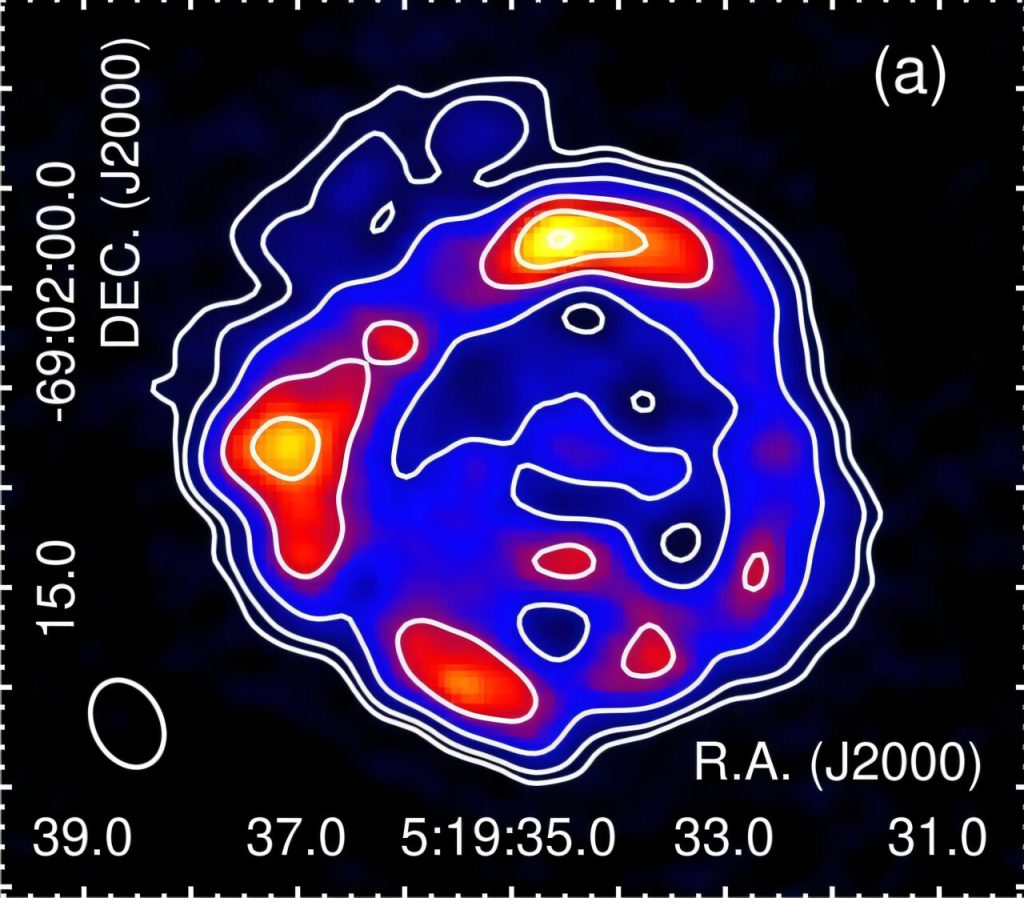Have you ever gazed up at the night sky and wondered about the mysteries lurking among the stars? Today, we dive into a story that not only unveils cosmic secrets but also highlights the incredible teamwork of budding scientists at Michigan State University. Their passion for understanding cosmic rays could reshape how we view the universe!

“Cosmic rays are more integral to our planet than many realize,” says astrophysicist Zhang, sparking curiosity. Imagine this: over 100 trillion cosmic neutrinos, tiny particles from the distant reaches of the universe, zip right through you every second! Isn’t it fascinating to think about where these enigmatic particles originate?
Thanks to the sophisticated XMM-Newton space telescope, researcher DiKerby made a groundbreaking discovery. By analyzing X-ray data, he uncovered a pulsar wind nebula, an energetic bubble filled with high-speed electrons and positrons resulting from a pulsar’s activity. This source represents a new class of cosmic ray emitters, known as PeVatrons, marking a significant leap in our understanding of these cosmic phenomena.
A team of three enthusiastic undergraduate students—Ella Were, Amiri Walker, and Shaan Karim—joined the adventure by employing NASA’s Swift X-ray telescope. Their mission? To observe lesser-known cosmic ray sources linked to the LHAASO project. Their findings may lay the groundwork for future research, paving the way for deeper explorations in astrophysics.
“By identifying and categorizing cosmic ray sources, we hope to create a comprehensive catalog,” Zhang stated, illuminating the potential impact of their findings. Such work could provide a valuable legacy for future neutrino observatories and telescopes, enabling more detailed investigations into the mechanisms that accelerate particles through the cosmos.
Looking ahead, Zhang’s team is on the brink of another exciting study. They plan to integrate data from the IceCube Neutrino Observatory with X-ray and gamma-ray telescope findings. Their goal is to unravel the mystery of why certain cosmic ray sources emit neutrinos while others do not, and to explore where and how these elusive particles are produced.
Amiri Walker et al, Swift-XRT Observations and Upper Limits at Five LHAASO Galactic Sources, Research Notes of the AAS (2025). DOI: 10.3847/2515-5172/adccb9
If you would like to see similar science posts like this, click here & share this article with your friends!


